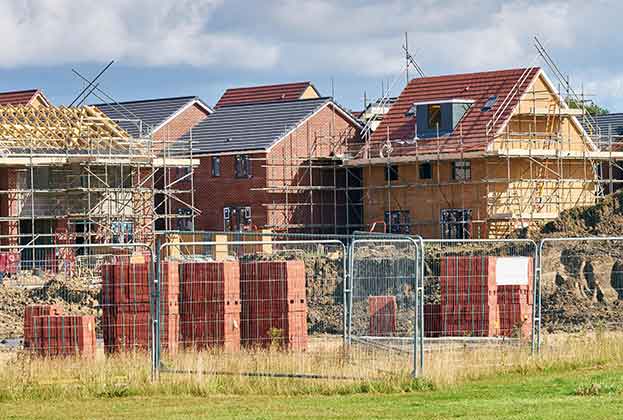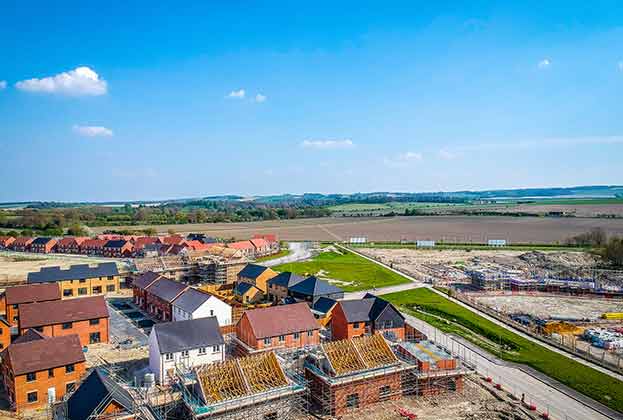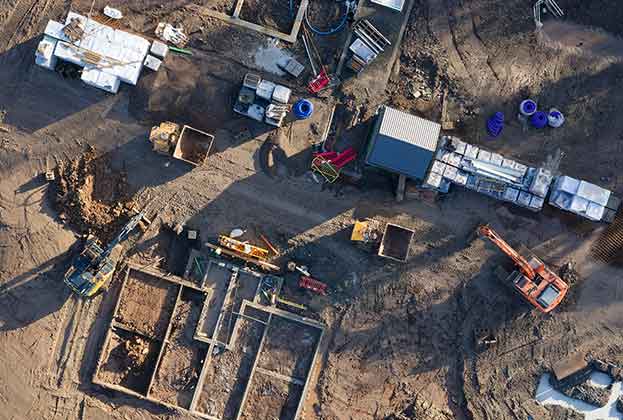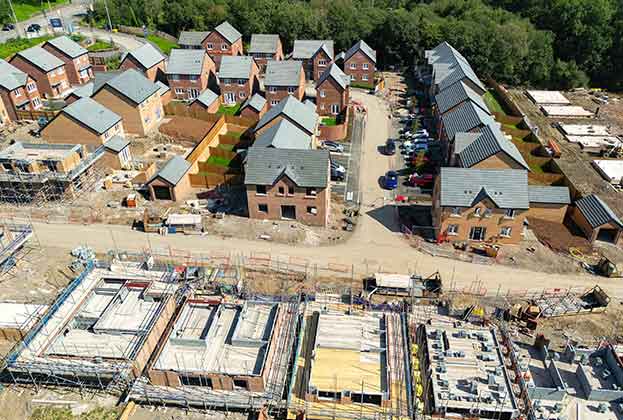Previously developed land (alternatively known as 'brownfield land') has long been a key focus for the Government when deciding where to direct development.
In the context of planning, Annex 2 of the National Planning Policy Framework (NPPF, published July 2021) defines previously developed land (PDL) as 'land which is or was occupied by a permanent structure, including the curtilage of the development land (although it should not be assumed that the whole of the curtilage should be developed) and any associated fixed surface infrastructure'.
There are several types of land that are excluded from the NPPF’s definition of PDL, including land that is or was last used by agricultural or forestry buildings, and some land in built-up areas such as residential gardens, recreation grounds and allotments.
To keep track of previously developed sites, the Government requires English local planning authorities (LPAs) to keep up-to-date 'brownfield registers'. Brownfield registers set out all of the brownfield sites that are available and potentially suitable for residential development in England. This register is publicly available and aims to provide greater certainty for developers and communities as well as encouraging greater investment in local areas.
Some sites within the brownfield land register that are deemed suitable by the LPA for residential development can be granted permission for residential development via a two-stage process. Firstly Permission in Principle (PiP) for development is sought. In a similar method to obtaining outline planning permission, this establishes that the fundamental principles of development are accepted by the LPA. Secondly, a 'technical details consent' would be required to determine the detailed elements of a scheme prior to development of the site. The Government’s online Planning Practice Guidance provides further information on PiP here.
Utilising previously developed land for new development is seen as a way of making a more efficient and sustainable use of land. The Government therefore often seeks to direct development to such sites in preference to development on greenfield sites.
There are different considerations for developers when evaluating the suitability of a previously developed site for development. This includes cost implications such as remediating potential contamination risks and site clearance implications on previously development land. Although, the necessary infrastructure including connections to facilities, highway access, and proximity to services may already be available which can assist with site deliverability.
Ultimately though, the Government’s preference is clear, that previously developed land should be prioritised for development before greenfield sites.
Further information
Contact Sean Lewis or Alison Murrell
.jpg)



.jpg)


.jpg)

.jpg)
